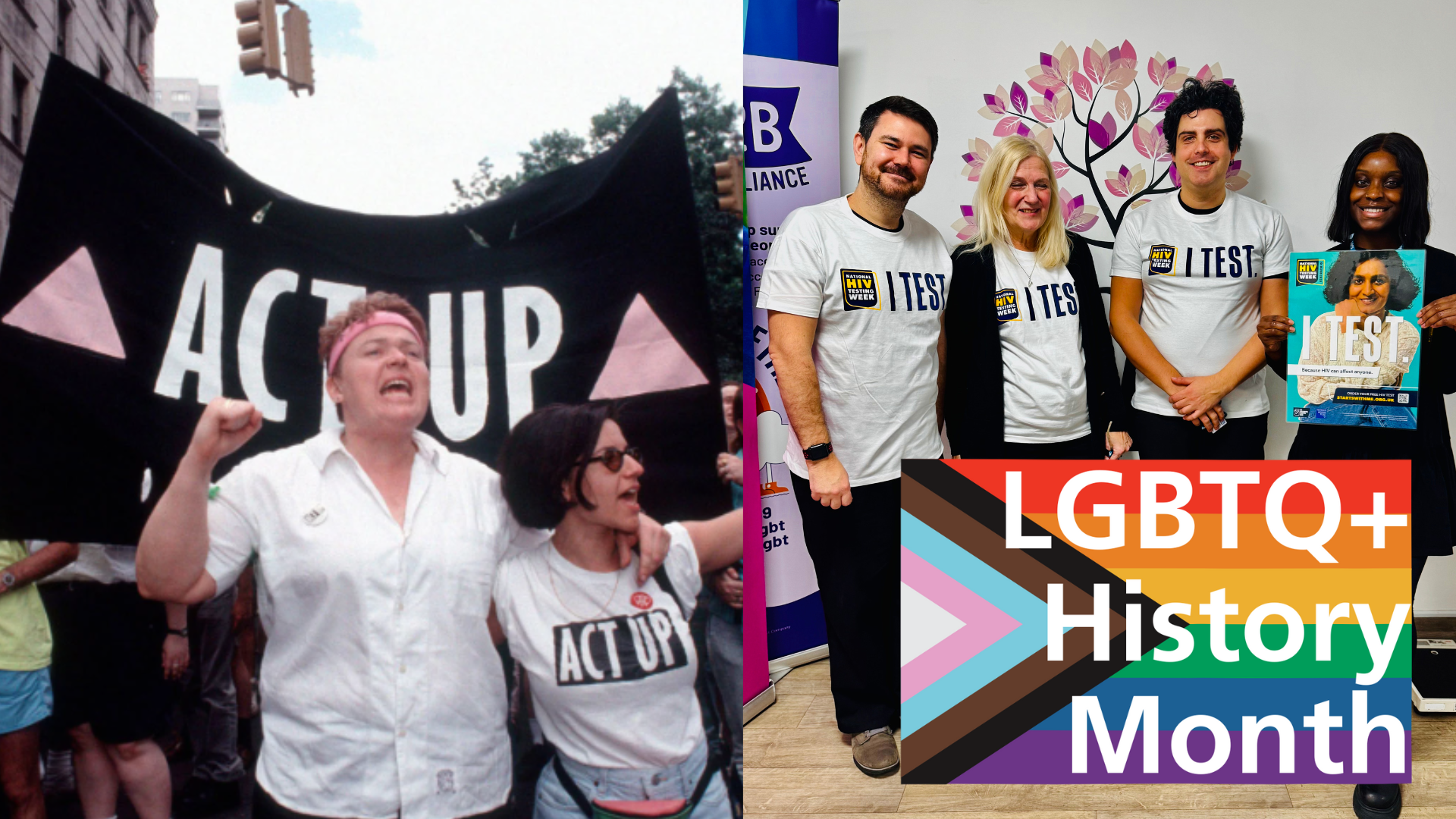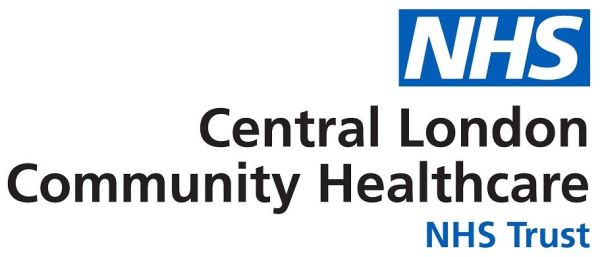The History and Future of HIV
CLCH continues to celebrate LGBTQ+ History Month and National HIV Testing Week by looking back on the history of HIV so healthcare professionals can better understand the future of HIV care.
Lukasz Birycki, a Senior Health Advisor at CLCH said: “At 160 Falcon Road, we are committed to making HIV testing easy and accessible for everyone. Regular testing is crucial because it helps people take control of their health, access treatment early if needed, and reduce the risk of transmission. Knowing your status gives you peace of mind and empowers you to make informed decisions.”

Everyone has a role to play in helping the UK to end new HIV transmissions by 2030, and knowing the history is a great place to start.
The History
After the Stonewall Riots in 1969, LGBTQ+ activists across America made significant civil rights advances in decriminalising gay sex in many states by 1980. The fight for the next frontier of legal recognition for gay marriage had begun. Then, people started dying.
Acquired Immune Deficiency Syndrome (AIDS) was first recognised as a new disease in 1981, but it was initially known as GRID – or Gay Related Immune Deficiency. In the early days, five young, healthy gay men died of pneumonia which marked the beginning of what would be known as the ‘AIDS crisis’, where the disease rapidly spread through the LGBTQ+ community, and further through marginalised populations.

Its mischaracterisation as a ‘gay disease’ opened the community up to more aggressive and fearful discrimination, against a backdrop of anti-LGBTQ+ legislation in the UK banning schools from so-called ‘promotion’ of homosexuality, known as Section 28. What followed was decades of unnecessary death, rampant systemic homophobia, and research for a cure. By 2001, AIDS became the leading cause of death worldwide for people ages 15 to 59.
Black and minority ethnic communities have been disproportionately impacted by HIV, and they often have higher levels of medical mistrust and systemic barriers to treatment. People who inject drugs have also faced exclusion due to policies that criminalise additional illnesses rather than supporting harm reduction efforts.

Once used to identify gay men for persecution and internment during WWII, the triangle was reclaimed by pro-gay activists in the 1970s. In the 1980s, the AIDS Coalition to Unleash Power (ACT UP) adopted the symbol as an upward-pointing triangle in their “Silence=Death” campaign, turning it into a powerful call to action against the AIDS epidemic—a fight they continue today.
In 2012, the FDA (US Food and Drug Administration) approved pre-exposure prophylaxis, also known as PrEP. It’s a daily pill people at high risk for HIV can take to lower their odds of getting the virus. Studies say that if taken every day, PrEP lowers the risk of getting HIV from sex by about 99% and cuts the risk of getting it from injections by about 74%.
Between 2017 and 2020, CLCH recruited 586 participants across our sites to the IMPACT trial, helping to research the effectiveness of PrEP, which is now available across the UK.
The Future
There is still no known cure for HIV, but promising research continues. The Terrence Higgins Trust (THT) is committed to ending new HIV cases in the UK by 2030. They believe this is achievable through increased testing, prevention, and education.
By working together, THT believes the UK can become the first country to end new HIV transmissions, setting a global example.
What are CLCH staff doing to help?
- Creating a welcoming environment so patients feel safe discussing their sexual health without fear of discrimination.
- Providing trauma-informed care - understanding the impact of stigma, discrimination, and past negative experiences in healthcare - to provide better support.
- Integrating routine and opt-out testing into general health check-ups, making testing more accessible and reducing stigma.
By understanding these lessons, CLCH are working towards truly equitable HIV care and, more broadly, reduce health disparities for all marginalised communities. Together, we can help to end new transmissions.

